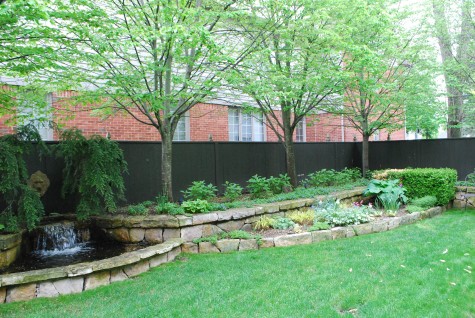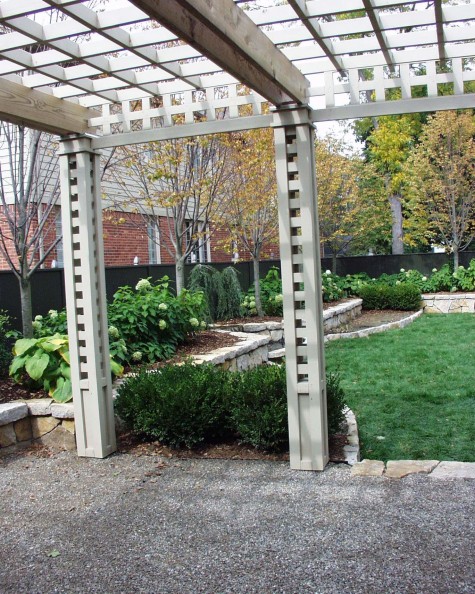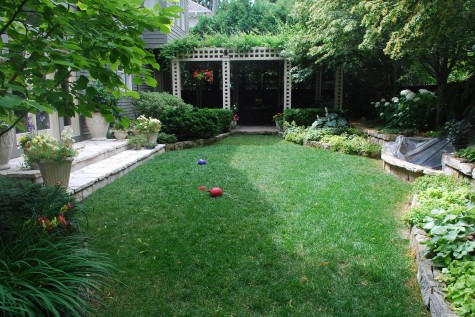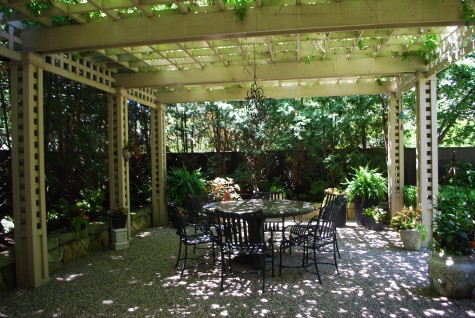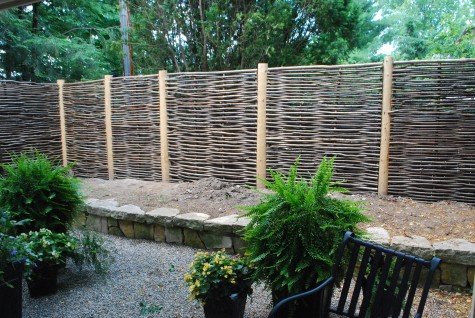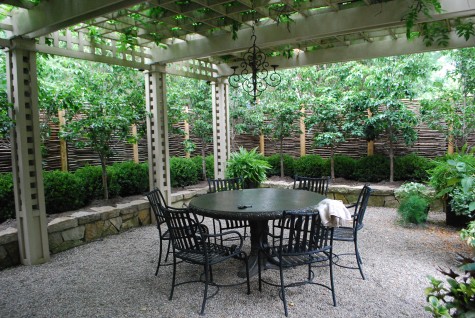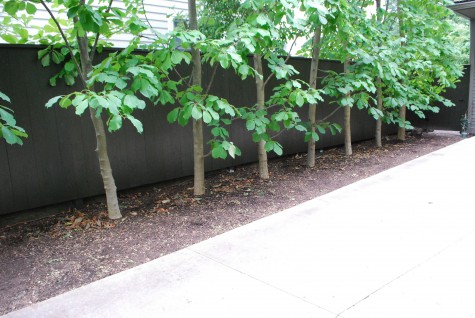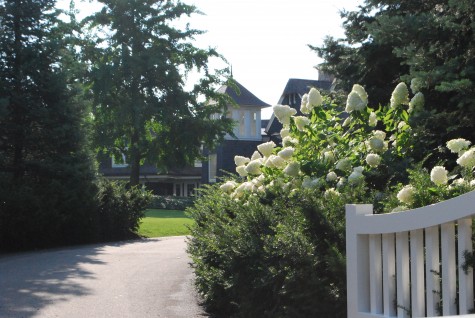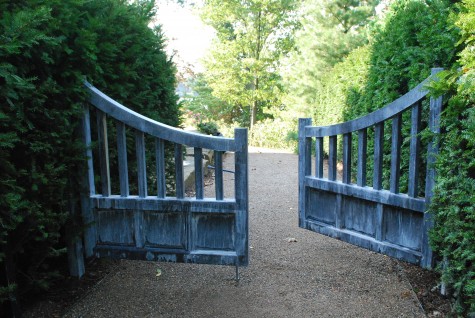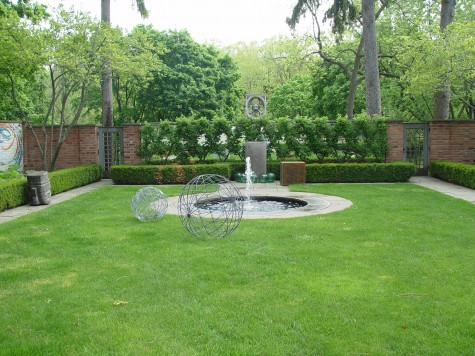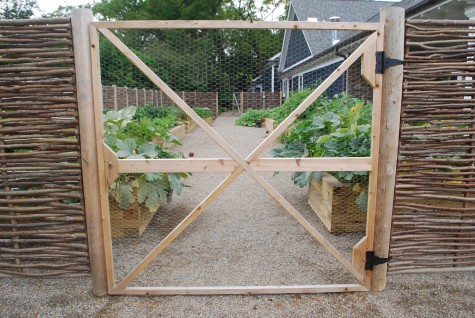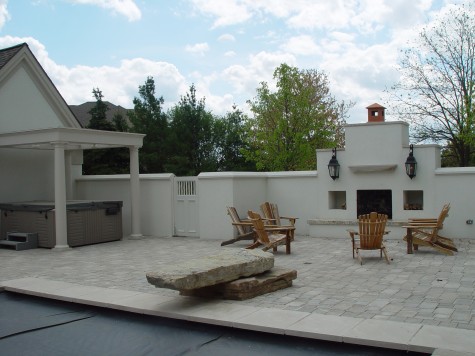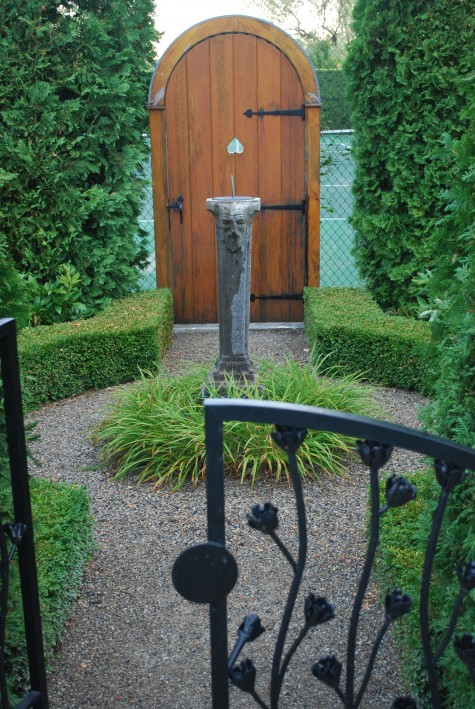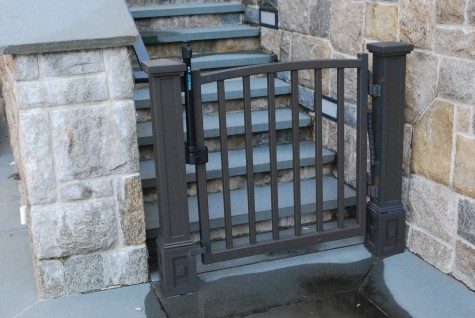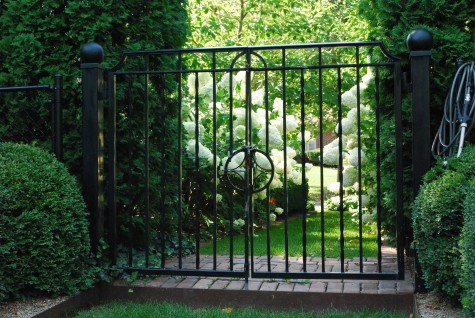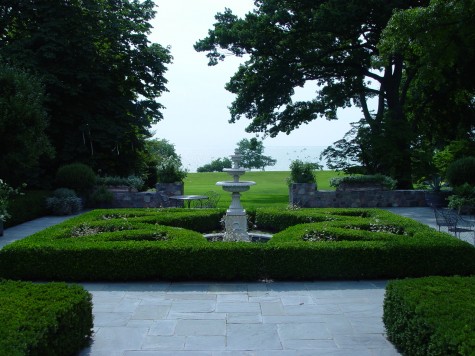Rob flies to Paris today on the first leg of a three week shopping trip for Detroit Garden Works. Having not shopped in France for a few years, he is very keen to make the trip; he has been planning it for weeks. Once he made a list of the places he wished to visit, Julie and Jenny pitched in, mapping and documenting his route in minute detail. Incredibly minute detail, that is. As detailed as his itinerary has been documented on paper, it will be but a broad guideline. He will make his own way.
Travelling overseas is enough to tax the patience of the most patient of people. The mechanics of shopping overseas has become exasperatingly complicated. Rob lets none of this get in his way. He has a great passion for beautiful ornament for the garden-no matter the period or style. He may be rooted in the American midwest, but he has an unerring gift and instinct for beauty wherever he may find it. Whatever it takes to get his gift to our doorstep-we will oblige. The shop is what it is, in large part due to Rob.
Detroit Garden Works has always had a strong representation in antique, vintage, and contemporary objects for gardens from a number of countries; this is by choice. 8 years ago he spent an entire trip shopping in Belgium, on the strength of his idea that their landscape and climate was very similar to ours. He spent an equal amount of time talking to clients about that point of view. He spent even more time educating me. Years later, no one needs educating. Belgian design is influential in this country, and popularly respected in a number of ways. He is a buyer with an eye that is consistently ahead of his time. We will see what this trip to France brings.
Western European gardens were incredibly influential in the design of American gardens. He has an interest in representing that history. He also has an interest in distinctly American gardens-those landscaped places that draw and build on that history, and go on to represent an entirely unique and singular point of view. He may pass by untold numbers of objects before he commits. The containers that will come from France later this year as a result of this trip will speak to his greatly edited committment.
I have no worries whatsoever about him travelling overseas for weeks. He has made many friends abroad, in the past fifteen years. His friendships in Europe have endured, and helped him make other friends. This pottery will custom make pots for him. That broker will engineer a container from several places. A old European dealer will send him to something somewhere off the map. He will make new friends, find new places. His hotel in Montmartre in Paris-an arrangement spanning fifteen years. He is in good hands, notwithstanding his own good hands.
The spring of 2012 at Detroit Garden Works will have a French flavor. That buying trip to France will be integrated into all the other voices we hear. My most favorite moment of the Detroit Garden Works year-breaking open the locks on our containers. Who knows what will be. That unknown collection yet to come from Rob-I am quite certain it will challenge and enchant me.
Bon Voyage, Monsieur Rob.
